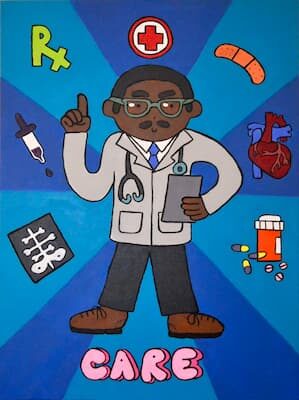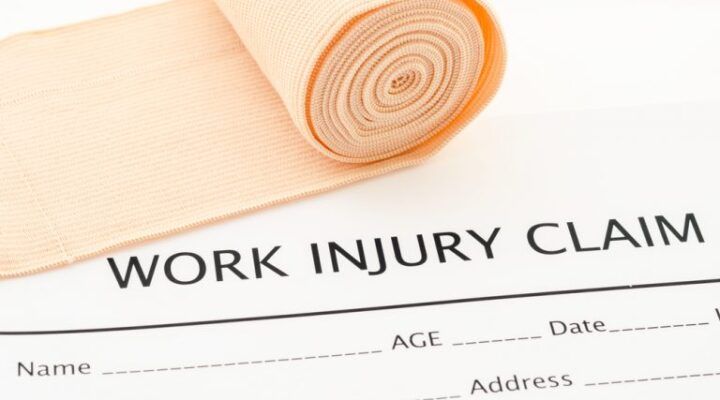Dupuytren’s Disease (DD) is an upper extremity disorder. DD has been a source of controversy with respect to whether it should be considered as an industrial injury. If DD is considered an industrial injury, then the Injured Worker suffering from the disorder would be entitled to workers’ compensation benefits. These would include medical treatment and disability compensation. A recent study addressed industrial causation of the condition and made interesting findings.
This article will discuss Dupuytren’s Disease (DD), industrial causation for DD, the study’s results, and what it means to Injured Workers.
What Is Dupuytren’s Disease (DD)?
Dupuytren’s disease (DD) results in “the chronic contracture of the fourth and/or fifth finger of the hand towards the palm and is usually accompanied by a thickening of the palmar skin. These clinical manifestations significantly impair and restrict hand functioning.” Murínová L, Perečinský S, Jančová A, Murín P, Legáth Ľ. Is Dupuytren’s disease an occupational illness? Occup Med (Lond). 2021 Feb 6;71(1):28-33. doi: 10.1093/occmed/kqaa211. PMID: 33420499.
Why is Dupuytren’s Disease Important for Workers’ Compensation?
Per mayoclinic.org, “Dupuytren’s contracture can make it difficult to perform certain functions using your hand. .. as Dupuytren’s contracture progresses, it can limit your ability to fully open your hand, grasp large objects or to get your hand into narrow places.” These activities are both labor disabling and can impact the performance of activities of daily living. Thus, DD can be the basis for impairment within workers’ compensation and would therefore translate into a permanent disability percentage.
In sum, if DD is work-related, it is likely an injury for which a permanent disability award is possible.
What Work Activities Did the Study Find That Impact DD?
There are two types of work activities that have been implicated as a source of causation for industrially-related DD. They are working with vibrating tools and performing heavy manual labor.
There are many tools used in the work force that vibrate. For example, jackhammers and power saws. The study used involved workers who used hand-held pneumatic rock drills.
Heavy manual labor can take place in various occupations. Heavy labor that was used in the study was working involving “prolonged, heavy, physical labour that required strength and energy, and included lifting, lowering, pulling, pushing or carrying a load.”
The theory behind these two types of activities is that they can cause cumulative micro-traumas which then can cause impairment of the micro-circulation in the hands. Murínová L, Perečinský S, Jančová A, Murín P, Legáth Ľ. Is Dupuytren’s disease an occupational illness? Occup Med (Lond). 2021 Feb 6;71(1):28-33. doi: 10.1093/occmed/kqaa211. PMID: 33420499.
It was noted that risk was 4-fold for vibrating tools and 3-fold for heavy manual labor compared to controls. Supra.
“A significant independent association was found between DD and HTVs (OR 4.59; 95% CI 2.05–10.32) and HMW (OR 3.10; 95% CI 1.21–7.91).” Supra.
In the Study, Was the Length of Time Performing the Injurious Activities Significant?
Yes. They study found the length of exposure to be significant. This was especially the case when there was at least 15.5 years of employment. “Exposures that lasted for more than 15.5 years were sensitive and specific predictors for the presence of DD.” Murínová L, Perečinský S, Jančová A, Murín P, Legáth Ľ. Is Dupuytren’s disease an occupational illness? Occup Med (Lond). 2021 Feb 6;71(1):28-33. doi: 10.1093/occmed/kqaa211. PMID: 33420499.
In the Study, Did Age Matter?
Yes. The study noted “[w]hile DD was more common in older patients, it was much more frequent in exposed subjects compared to controls across all age categories.” Murínová L, Perečinský S, Jančová A, Murín P, Legáth Ľ. Is Dupuytren’s disease an occupational illness? Occup Med (Lond). 2021 Feb 6;71(1):28-33. doi: 10.1093/occmed/kqaa211. PMID: 33420499.
Is There Any Limitation to the Study?
Yes. The study was limited to only men. Thus, additional studies beyond this one would assist is a female injured worker making a DD claim. Murínová L, Perečinský S, Jančová A, Murín P, Legáth Ľ. Is Dupuytren’s disease an occupational illness? Occup Med (Lond). 2021 Feb 6;71(1):28-33. doi: 10.1093/occmed/kqaa211. PMID: 33420499.
What If I Need Advice?
If you would like a free consultation regarding workers’ compensation, please contact the Law Offices of Edward J. Singer, a Professional Law Corporation. We have been helping people in Central and Southern California deal with their workers’ compensation cases for 27 years. Contact us today for more information.




